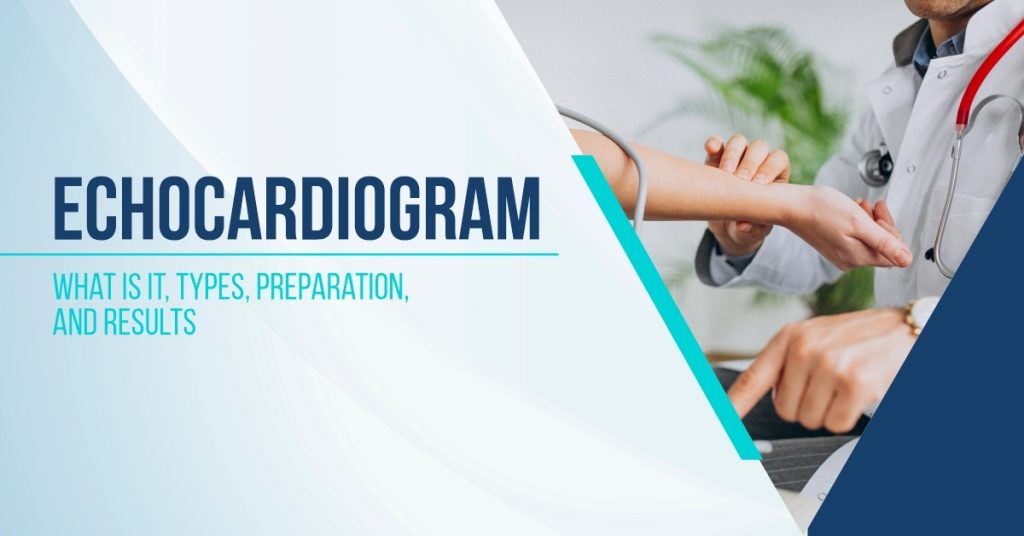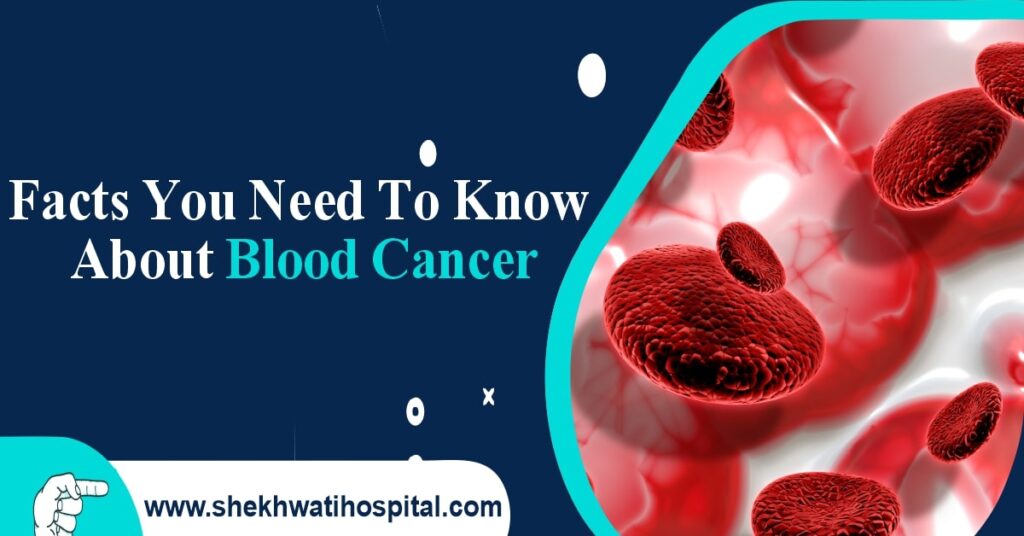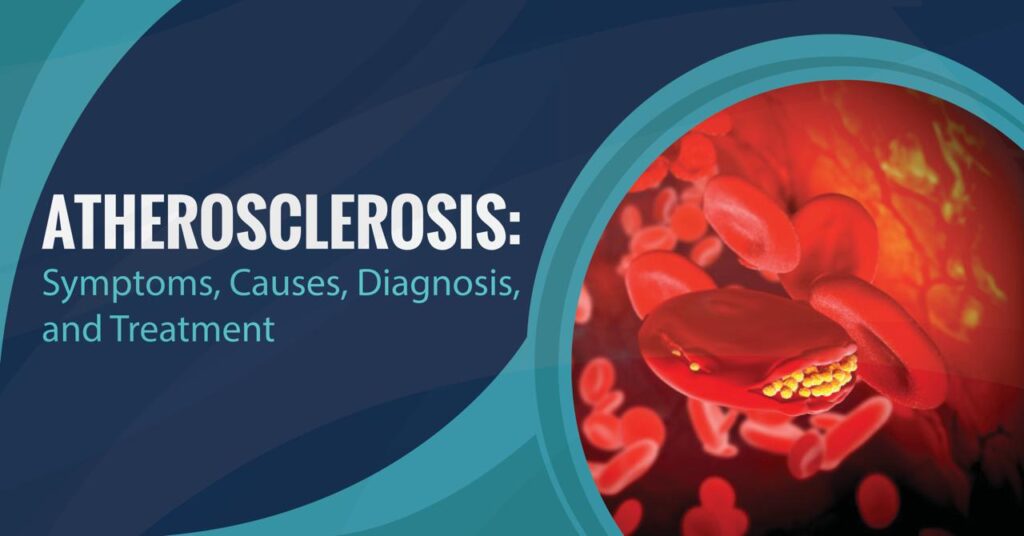The anatomy of the heart includes four chambers and four valves that work together to circulate blood throughout the body.
The heart needs these structures to function normally, and the heart muscle needs to beat in a coordinated manner to ensure that blood flows into and out of each chamber in the right direction.
Echocardiogram uses an ultrasound machine to visualize the structure and function of the heart. It is a special test that examines the structure and function of the heart with the aid of an ultrasound machine.
What is Echocardiogram?
This ultrasound test or echocardiogram (echo=sound + card=heart + graph=drawing) can evaluate the structure of the heart as well as its blood flow.
These images and videos are created using specialized equipment, usually, a probe or transducer placed across various parts of the chest wall, depending on the angle at which the heart is viewed.
Echocardiograms are just one of many tests that can be performed to assess the anatomy and function of the heart. Cardiologists are trained to assess these images and provide a report of the results.
The most common heart trace is the electrocardiogram (EKG, ECG). Electrodes are placed on the chest wall and record the heart’s electrical activity. In addition to demonstrating the rate and rhythm of the heartbeat, an EKG can indicate how much blood flows from the arteries into the heart muscle and how thick it is.
During coronary catheterization, a cardiologist threads a catheter into the coronary arteries of the heart through the femoral artery in the groin, the radial artery in the wrist, or the brachial artery in the elbow. The procedure is highly invasive.
An injection of dye into the coronary arteries looks for blockages, and sometimes a balloon angioplasty can resolve the blockage by opening the blood vessel at the site of the blockage, restoring the flow of blood. An artery can be kept open with a stent.
You can also examine the valves and chambers of the heart, as well as major arteries and veins that enter or leave the heart.
What are the types of Echocardiograms?
There are several types of echocardiograms that doctors can use, all of which use high-frequency sound waves. A few examples are provided below.
1. Transthoracic echocardiogram
Transthoracic echocardiograms are the most common type of echocardiogram intrusted source testing. This test involves using an ultrasound transducer on the outside of the chest, near the heart.
The device sends sound waves into the heart where they bounce off the heart to create images of the heart structures on a screen. Gel applied to the chest aids the sound waves in traveling through the chest more efficiently.
2. Transesophageal echocardiogram
During a transesophageal echocardiogram, a thinner transducer attached to the end of the tube is swallowed by an individual so that it can be inserted into the esophagus, the tube between the mouth and stomach that runs behind the heart.
An echocardiogram of this type provides a more detailed view of the heart than the traditional transthoracic echocardiogram because it allows a closer look at the organ.
3. Doppler ultrasound
Doppler ultrasound can be used to determine the flow of blood. It works by using sound waves at specific frequencies and measuring how they bounce back to the transducer.
The blood that flows toward the transducer looks red, and the blood that flows away from the transducer looks blue in colored doppler ultrasounds byTrusted Source.
When a Doppler ultrasound is performed, it is possible to see whether there are problems with the valves or holes in the walls of the heart, and also to assess how the blood is moving through it.
4. Three-dimensional echocardiogram
Doctors can use 3D echocardiograms to create detailed images of the heart. 3D echocardiograms can be used to:
- Evaluation of valve function in people with heart failure
- Children and infants with heart problems can be diagnosed
- Consider structural interventional surgery or heart valve replacement
- 3D assessment of heart function
- image complex structures within the heart can be seen
5. Stress echocardiogram
During a stress test, the doctor monitors heart rate, blood pressure, and the electrical activity of the heart. An echocardiogram can be ordered as part of the stress test.
A transthoracic echocardiogram will be taken before and after the exercise.
Doctors use stress tests to diagnose:
- ischemic heart disease
- coronary heart disease
- heart failure
- problems affecting the heart valves
6. Fetal echocardiogram
The heart of an unborn baby can be viewed during a fetal echocardiogram which is usually done between 18 and 22 weeks of pregnancy. Because the test does not use radiation, it is not harmful to the mother or the unborn child.
Preparation of Echocardiogram:
The patient does not have to take any significant preparations before undergoing the transthoracic echocardiography. He or she is free to eat and drink as they desire, and they can also take their regular medications.
In contrast, patients who wish to undergo stress and transesophageal echocardiogram must remain without food several hours before the procedure. Another factor to consider is that the patient should inform their doctor if they have any difficulty swallowing so that they can decide whether this test should be conducted or not.
Patients should wear slightly loose clothes and comfortable shoes when undergoing a treadmill stress echocardiogram. The patient undergoing transesophageal echocardiography should make arrangements to return home before the test because sedating medication may be administered during or after the test (if needed).
During the Test:
Echocardiogram tests can be performed either in a hospital or a doctor’s office. Patients are asked to undress up to the waist and lie down on the examination table. A doctor or nurse attaches electrodes to the patient’s body so that current flows to the heart.
The electrodes are attached to the patient’s body using a gel that helps keep the electrodes attached while also facilitating the flow of sound waves and removing air bubbles between the transducer and the patient’s skin. The physician needs to dim the lights during the test to see the images clearly on the monitor.
A transducer is moved throughout the body by the doctor so that soundwaves can travel everywhere and images are shown on the monitor. This image is very helpful for analyzing the condition of the heart.
With a transesophageal echocardiogram, a transducer is inserted into the esophagus and a sound produced by the heart is heard by the patient. To make this process more convenient and less painful, doctors give sedatives or sprays to make the patient’s throat numb.
You can also Read: WHAT IS DANDRUFF?
Results
According to your doctor, the echo results will be summarized in a report that describes the heart anatomy, movements of the heart, and defects observed during the test. Your doctor will often schedule an appointment with you to discuss your results and your next steps considering the detailed nature of the report. You may receive the report within a few days to a few weeks.
The report should include:
- You should have a heart rate within the range of 60 to 100 beats per minute.
- Heart size is determined by the dilation of chambers: larger-sized hearts have larger chambers.
- Your pericardium is the protective tissue that surrounds your heart. It includes a description of its appearance and any abnormalities that may exist.
- A comparison of your heart’s thickness to what is expected for your age, gender, and size.
- Your heart valves were examined to determine whether there was regurgitation (leaking of blood flow).
- Describe any congenital or anatomical defects or other unexpected findings.
Lastly, you may want to comment on the quality of the images in case there were any difficulties ensuring clarity that would affect the reliability of the results.









